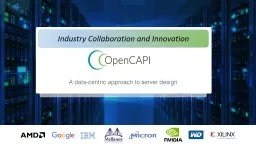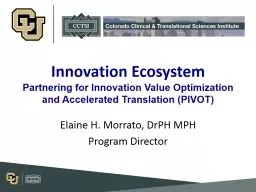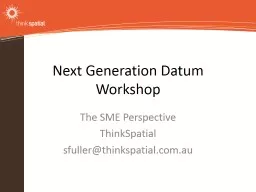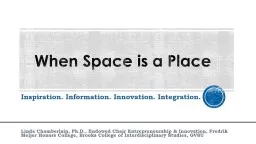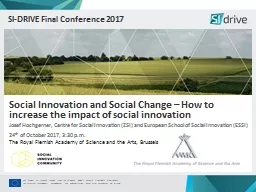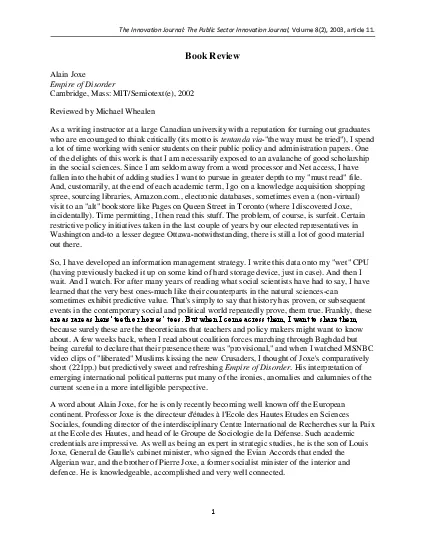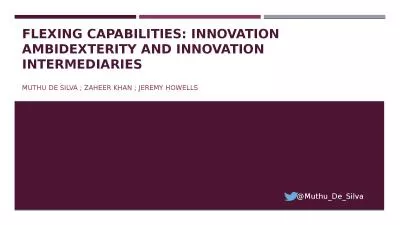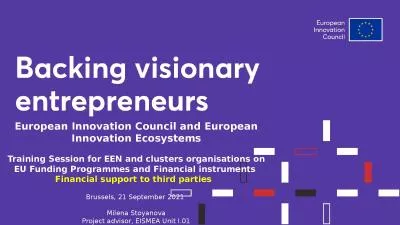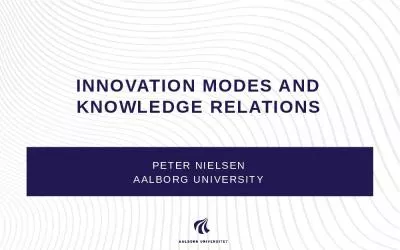PPT-Industry Collaboration and Innovation
Author : aaron | Published Date : 2017-09-19
OpenCAPI TM Forum SC16 November 16 2016 1 Open Coherent Accelerator Processor Interface Topics OpenCAPI Overview Brian Allison IBM STSM CAPI Engagement and
Presentation Embed Code
Download Presentation
Download Presentation The PPT/PDF document "Industry Collaboration and Innovation" is the property of its rightful owner. Permission is granted to download and print the materials on this website for personal, non-commercial use only, and to display it on your personal computer provided you do not modify the materials and that you retain all copyright notices contained in the materials. By downloading content from our website, you accept the terms of this agreement.
Industry Collaboration and Innovation: Transcript
Download Rules Of Document
"Industry Collaboration and Innovation"The content belongs to its owner. You may download and print it for personal use, without modification, and keep all copyright notices. By downloading, you agree to these terms.
Related Documents

